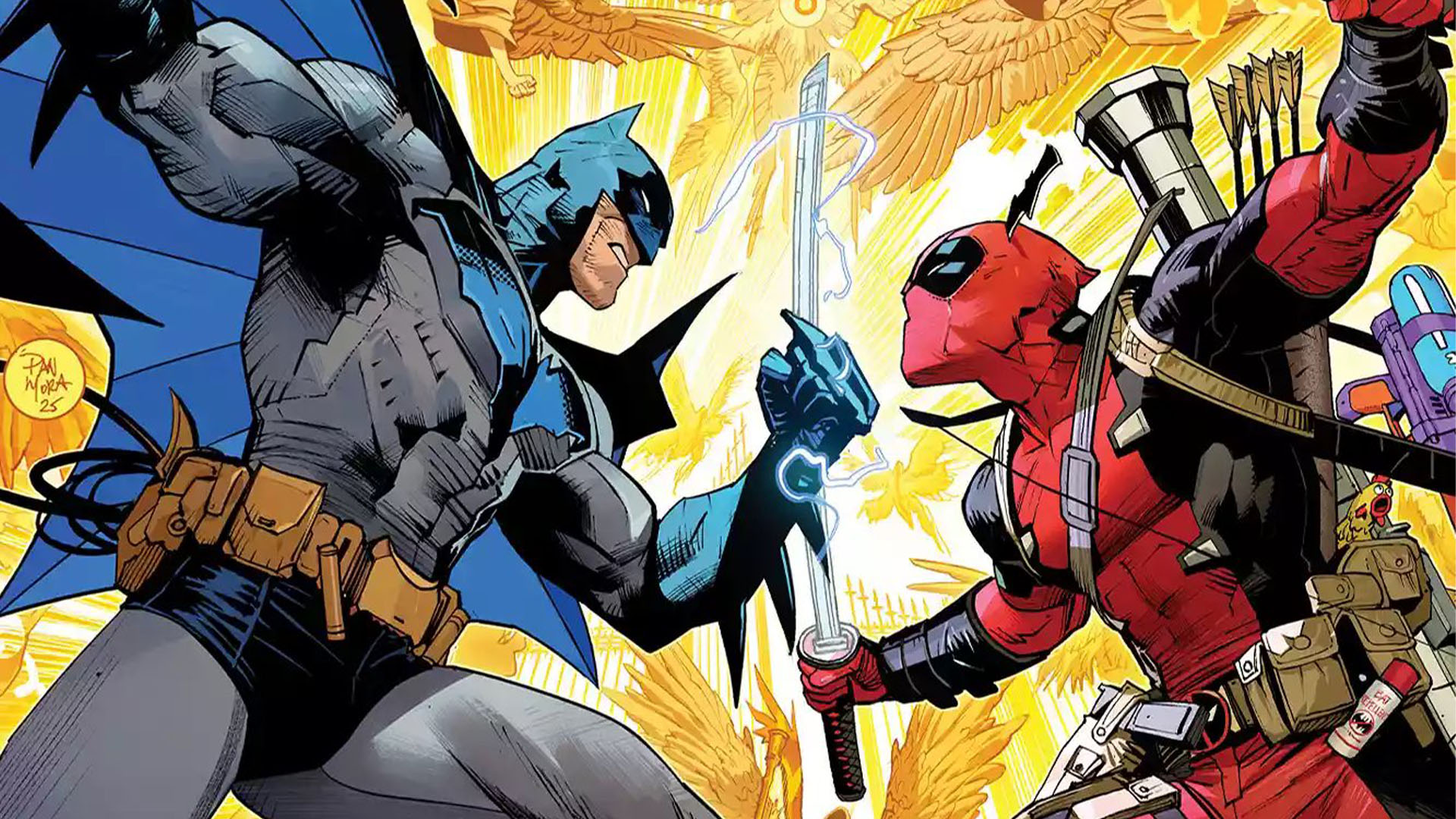Nail the art of networking: how to get more from events
Boss your brand: Pro tips for getting more from creative events.
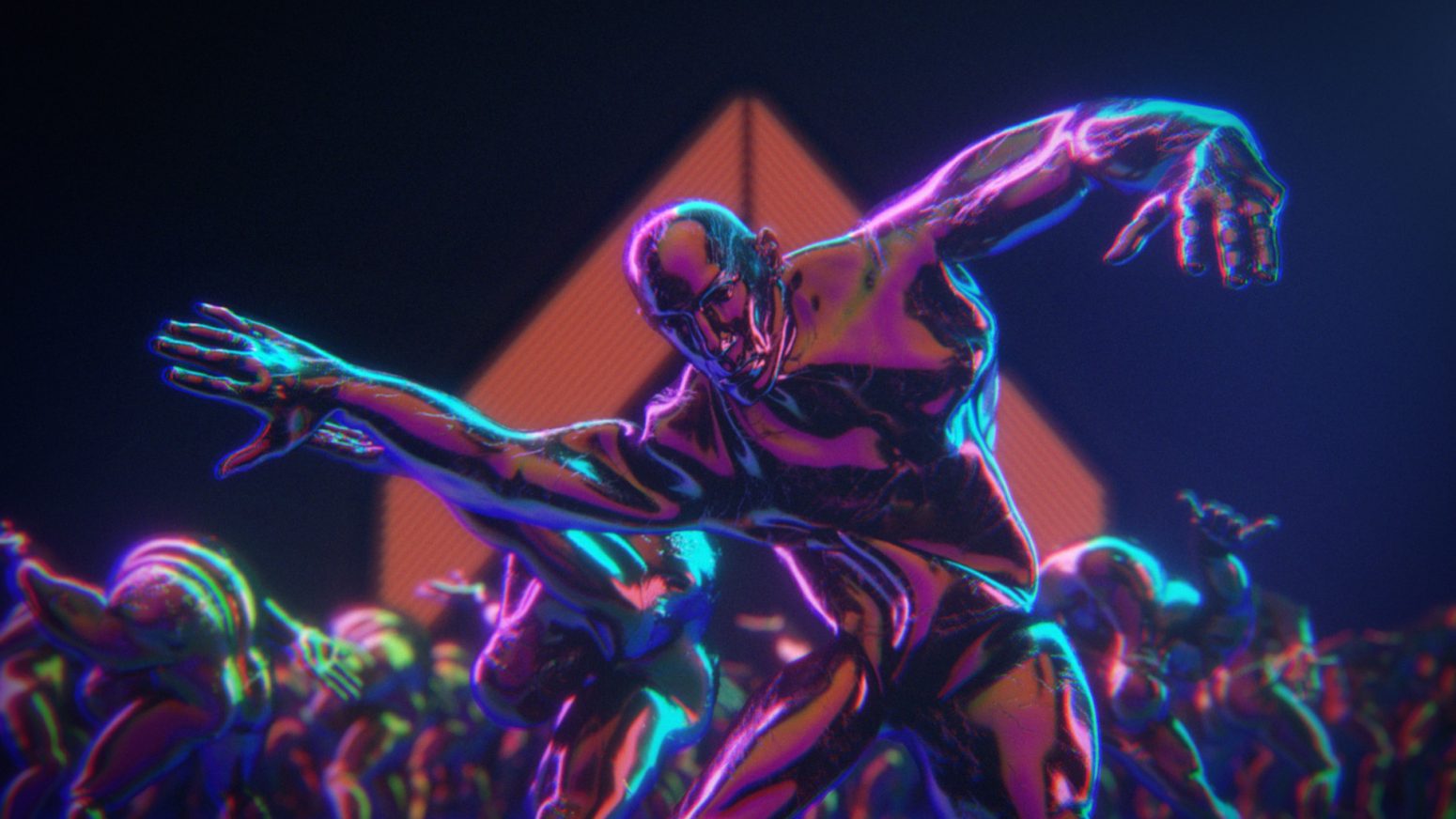
You might have a stunning portfolio of work, but winning new clients and crafting a successful creative career is about more than just great work. You need to build a name for yourself – and that involves getting out there, attending relevant events and making valuable, face-to-face connections.
From international industry conferences to local gallery openings happening on your doorstep, there are hundreds of opportunities to meet potential new clients and collaborators.
And the good news? With the right preparation – plus a few tips and tricks for on the day – anyone can nail the art of networking. Read on to find out how to make every creative event count.
(Opening image: Addison Groove, by DazzleShip.)
01. Remember the golden rule: ditch the pitch
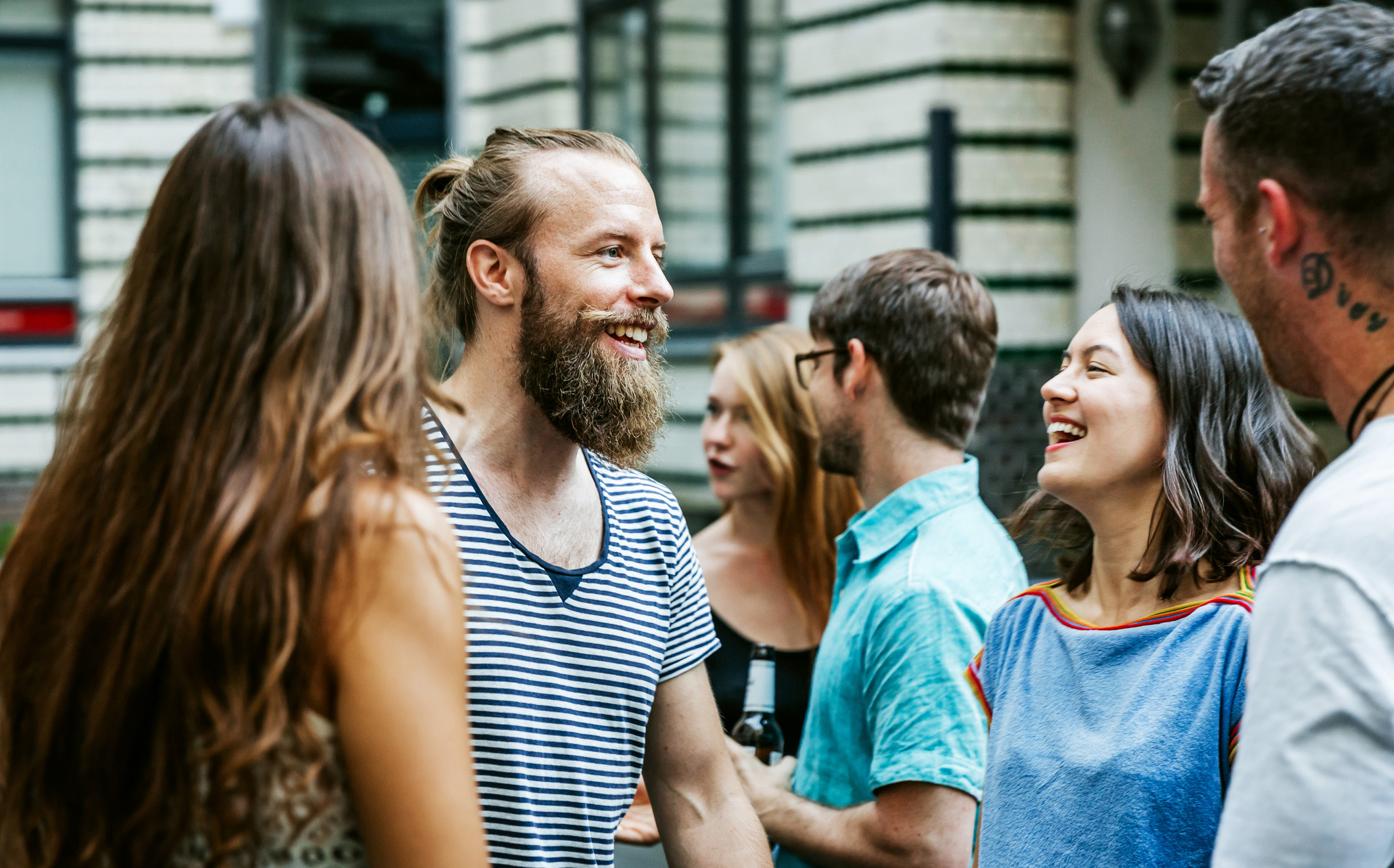
Good networking at events is about establishing relationships, and creating a solid foundation for you to build on later. Your goal is to make new contacts – so relax, be friendly and engaged, and focus on making a good first impression.
Whatever you do, don't go straight in for the hard sell. You can talk about yourself by all means – just ditch the sales pitch. A genuine connection is infinitely more likely to lead to work opportunities than aggressive self-promotion.
02. Do the groundwork
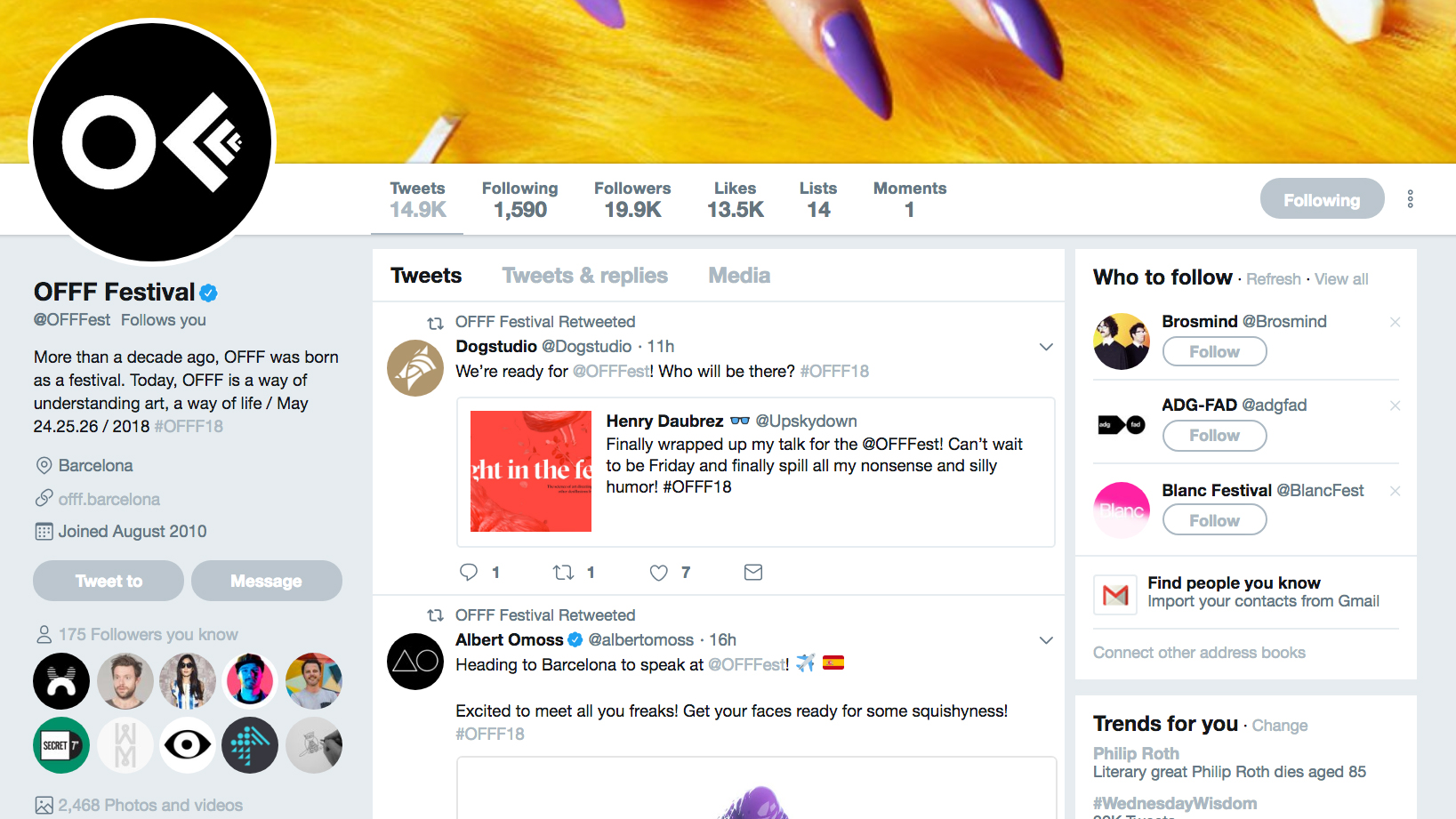
If you’ve read part two of our Creative’s Guide to Self-Promotion, you’ll know how important it is to do some groundwork before attending an event. Whether you’re going to an informal local meet-up or a sprawling global conference, it pays to find out who else will be attending (social media is great for this) and make initial contact before the event. A quick introductory email or tweet works wonders in breaking the ice.
Get the Creative Bloq Newsletter
Daily design news, reviews, how-tos and more, as picked by the editors.
If the event has a hashtag, use it. Tell people that you’re going, and get involved in the conversation on social media. It’s far easier to meet people in person if you’ve already made contact through other means.
03. Leave your safety zone

Many creative events have coffee or beer breaks that are designed to get people talking. These are invaluable opportunities to meet new people face-to-face, so don’t head instantly for the people you already know. Leave your safety net and introduce yourself to a stranger.
Also, don’t fall into the trap of just looking for new prospective clients: aim to get to know other creatives, too. The more people you know, the better chance you have of hearing about new opportunities on the industry grapevine.
04. Listen and learn

The people who get the most out of networking opportunities at events are those who listen and learn about other people. They ask questions, encourage others to talk about themselves, show enthusiasm and never hijack the conversation to talk about themselves.
Crucially, they also remember the details for next time they meet. So find a common interest, listen carefully and really get to know the person you’re talking to. That's how you make a memorable connection.
05. Don't forget your business cards
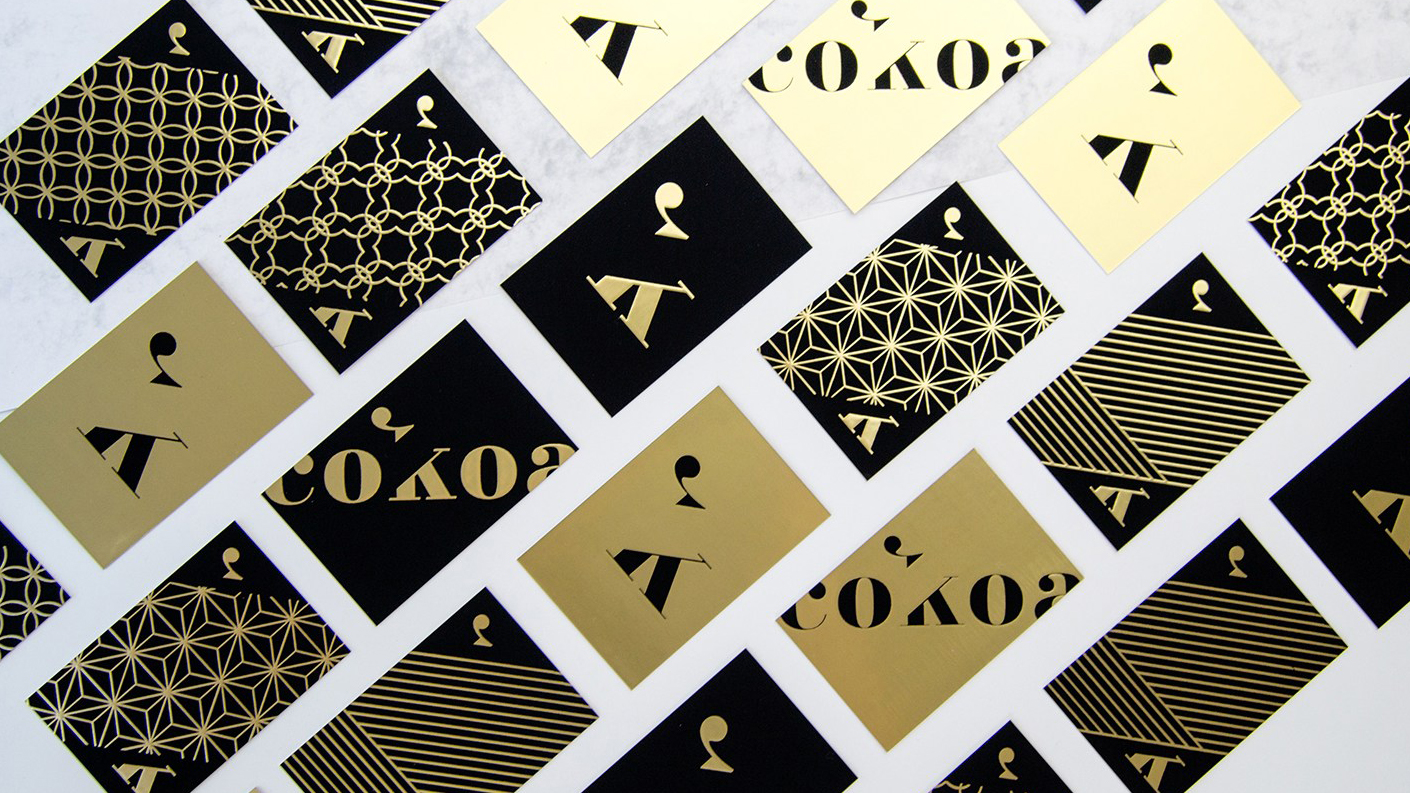
Used properly, your business cards are one of the most powerful self-promotional tools in your arsenal – so don’t leave them at home. If you’ve followed our tips for creating a memorable business card, you’ll have a stack of striking cards ready to leave a lasting impression with your new contacts.
Of course, business cards are plentiful at events. So how can you make sure yours stand out? One way is to use a service like Printfinity from print and design company moo.com. This lets you print up to 50 different designs within a pack for no extra cost, effectively putting your portfolio in your pocket, and enabling you to showcase your best work in different fields to different prospective clients. Alternatively, letting people choose their own makes for a great talking point, too.
06. Introduce people
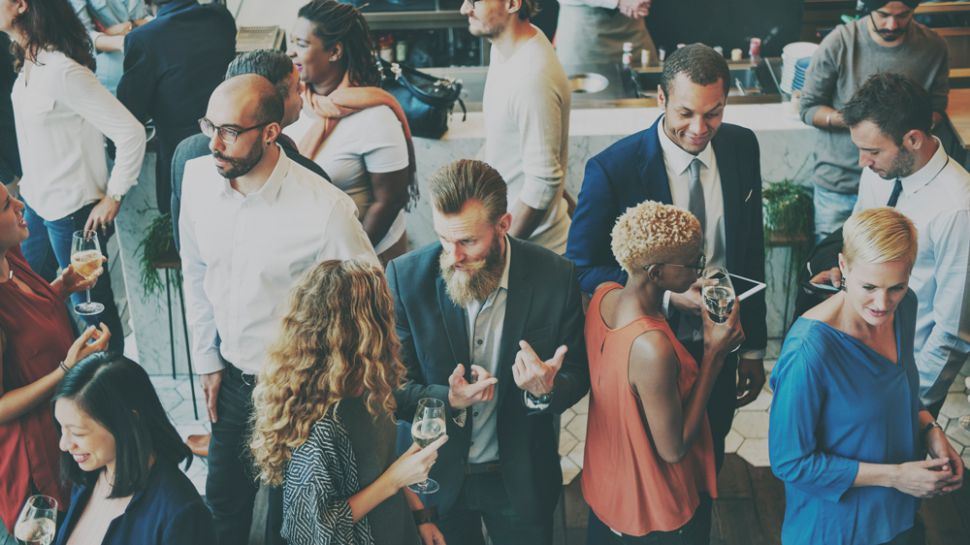
The most successful networkers genuinely like to help others. Connecting people at events isn’t just a great way to make a good impression, or cement your place at the heart of the community – although these are benefits. It's also a fantastic way to help share knowledge, skills and ideas. And that's exciting. If you've really listened to the people you've met, you'll soon be in a good position to help connect other like-minded creatives.
07. Follow up

Networking is all about establishing new relationships. After an event it’s important to keep new connections alive, so within 48 hours send out a quick nice-to-meet-you email to everyone you got on with particularly well, and take it from there.
If you’re looking to move the conversation to work, consider inviting your contact for an informal catch-up – perhaps over lunch – where you can bring your tablet or laptop to show your portfolio.
Ultimately, getting more out of creative events is all about remembering that you're playing the long game. Don't expect immediate results. Focus on developing relationships and trust – and with patience your contacts could just turn into clients.
Step up your self-promotion by heading over to digital print and design company moo.com. You’ll find a wealth of fun, affordable, easy-to-use tools for creating premium business cards and stunning self-promotional material that will project you onto the global design stage, and get your work in front of the people who count.
Related articles:

Thank you for reading 5 articles this month* Join now for unlimited access
Enjoy your first month for just £1 / $1 / €1
*Read 5 free articles per month without a subscription

Join now for unlimited access
Try first month for just £1 / $1 / €1
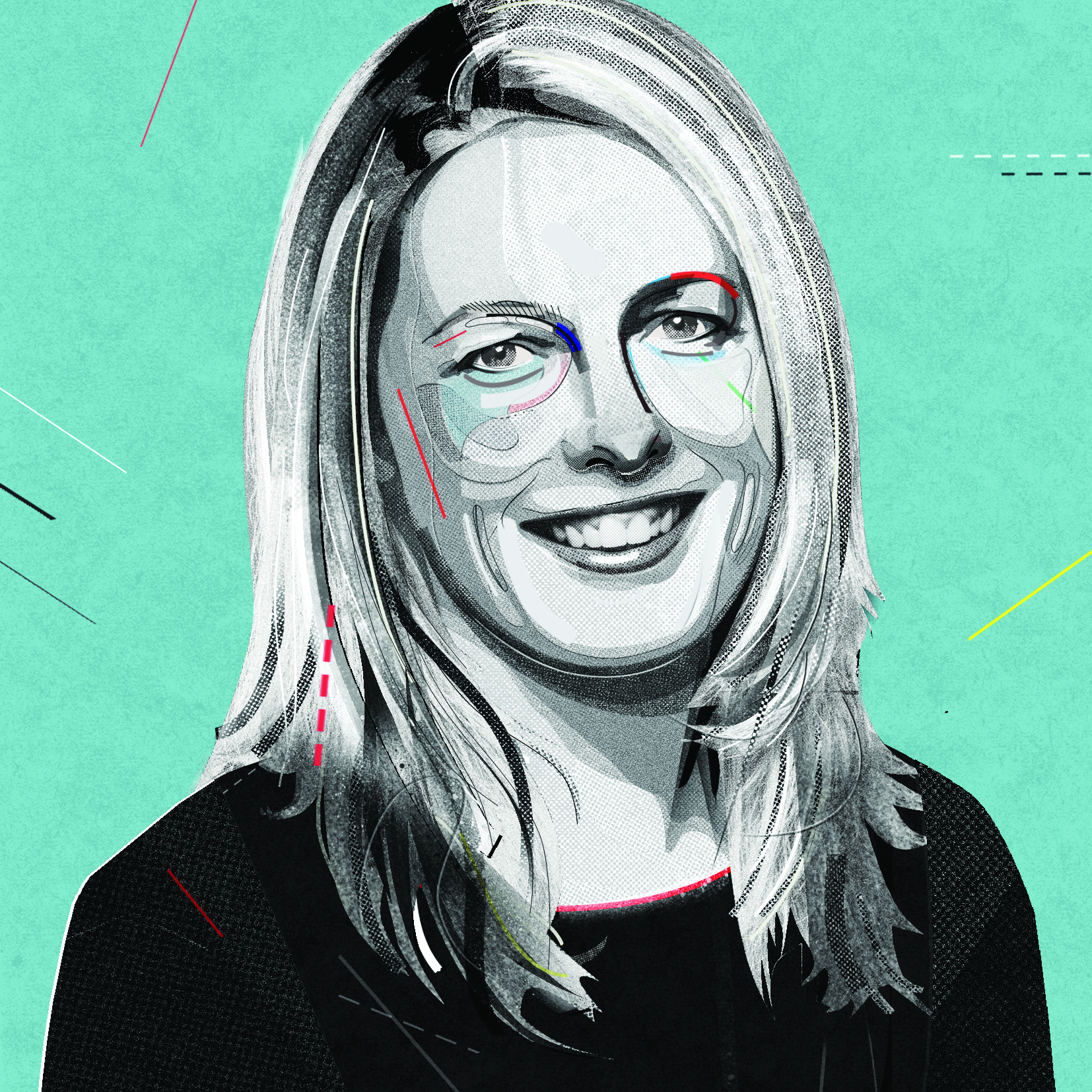
Julia is editor-in-chief, retail at Future Ltd, where she works in e-commerce across a number of consumer lifestyle brands. A former editor of design website Creative Bloq, she’s also worked on a variety of print titles, and was part of the team that launched consumer tech website TechRadar. She's been writing about art, design and technology for over 15 years.
